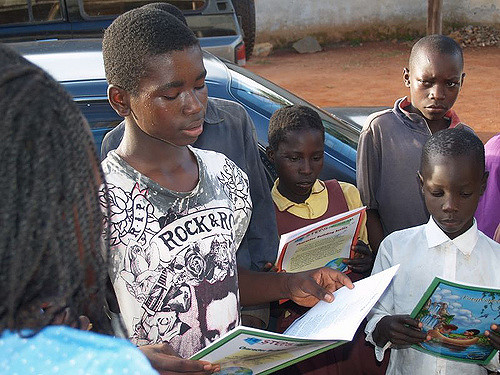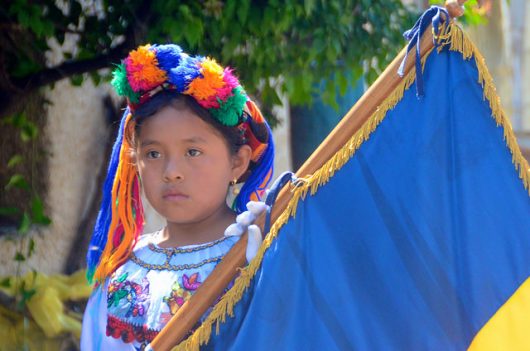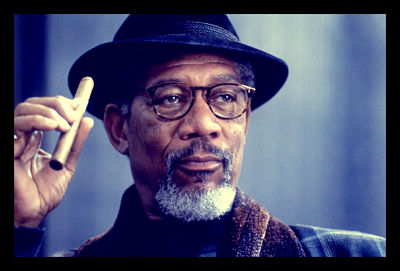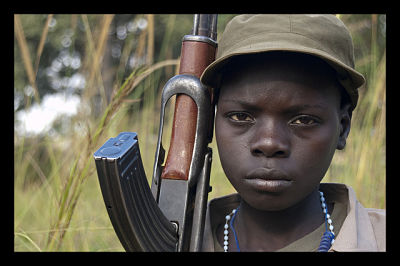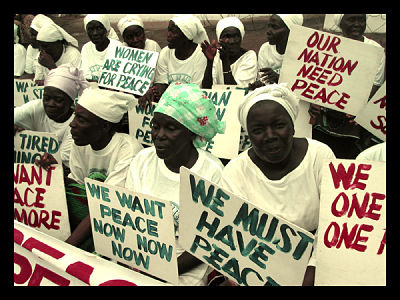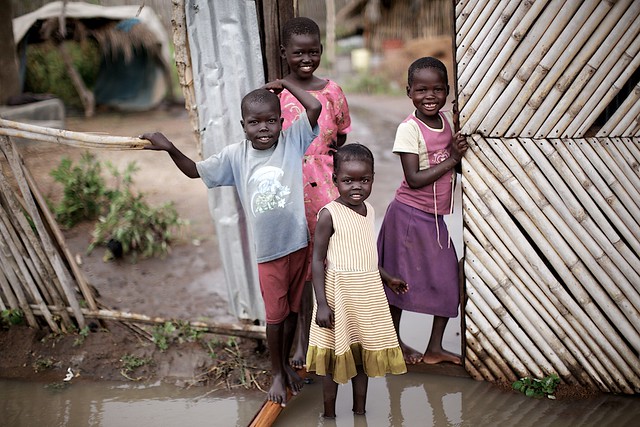
At the age of seven, Judith became an accomplice to a murder. The Lord’s Resistance Army (LRA) raided her village and forced Judith to participate in the killing of her mother. The LRA then kidnapped Judith and her siblings and forced them to serve Joseph Kony. Thousands of children share Judith’s story. Today, the rescued child soldiers in Africa are finding healing and restoration through art.
The Rise of Joseph Kony and the Lord’s Resistance Army
The World Economic Forum found that poverty, social marginalization and political disenfranchisement were fertilizers for extremist groups to take root and grow. In the 1980s, poverty, social marginalization and political disenfranchisement hit Uganda hard. Estimates determined that one-third of the population lives below the poverty line.
Uganda government officials did little to improve the dire situation. As a result, rebel groups and organizations began to pop up throughout the country. The Holy Spirit Movement, a militaristic and spiritual rebel group, formed to fight against the oppression of the people in northern Uganda. Joseph Kony joined the movement in the mid-1980s. After the Holy Spirit Movement’s defeat in 1988, Kony kept the organization. He renamed the group the Lord’s Resistance Army. Kony used religion and traditional beliefs to continue the support of the people living in northern Uganda. His operation expanded to the nearby countries of South Sudan, the Democratic Republic of the Congo and the Central African Republic. The tactics Kony and the LRA used became more violent over time.
Kony and the LRA caused the displacement of more than 1.9 million people. Authorities issued a number of arrest warrants for Kony and leaders of the LRA on counts of war crimes and crimes against humanity. The LRA raided villages, burned down homes and murdered or mutilated thousands of people.
Child Soldiers in Africa
Kony lacked support for his cause and army. As a result, he abducted children and forced them into his service. Estimates state that the LRA kidnapped between 30,000 and 60,000 children. The LRA trained males to be child soldiers and females to be sex slaves. Fear was a major driver for children to remain in the LRA. Many children, like Judith, had to kill their parents and other loved ones for survival.
Art Is Restoring Peace to Rescued Child Soldiers
The U.N. called the LRA crisis the “most forgotten, neglected humanitarian emergency in the world.” A 29-minute film became the most effective tool in mobilizing the world into taking action against Kony and the LRA.
Art and social media were the key components of the success of the film “KONY 2012.” The U.S. advocacy group, Invisible Children, launched a digital campaign with the release of the film. The campaign’s goal was to make the infamous warlord famous in order to mobilize world leaders to stop him. The film garnered over 100 million views in six days. Public outcry and celebrity support increased the pressure for global leaders to take action against Kony. Eventually, authorities sanctioned a universal manhunt to capture Kony and put an end to the LRA. People have rescued many of the child soldiers in Africa but Kony still remains at-large. Today, the LRA has reduced to a group of fewer than 300 members.
Art has also been an effective tool for healing and restoration for the child victims of the LRA crisis. For many of the rescued child soldiers in Africa, there were some elements in their story that were too painful to put into words. Art became an avenue for those children to confront the past and face the future. Exile International, a nonprofit organization, has been providing healing to war-affected children through art-focused trauma care since 2008.
Recently, Exile International partnered with award-winning photographer and artist Jeremy Cowart to share the faces and powerful stories of child survivors. The Poza Project utilized the children’s art and Cowart’s talent to create a healing opportunity for the children to tell their own story of survival. Unique photographs and mixed art media created by the children were available for purchase. All the proceeds helped provide art therapy and holistic rehabilitation to children survivors of war. The Poza Project showcased a dozen children including Judith.
Judith spent nearly two years in captivity before being rescued. Today, she is back in school and working to become a psychiatric doctor. With the help of The Poza Project, Judith is one step closer to her dream of helping the other victims of Kony and the LRA.

